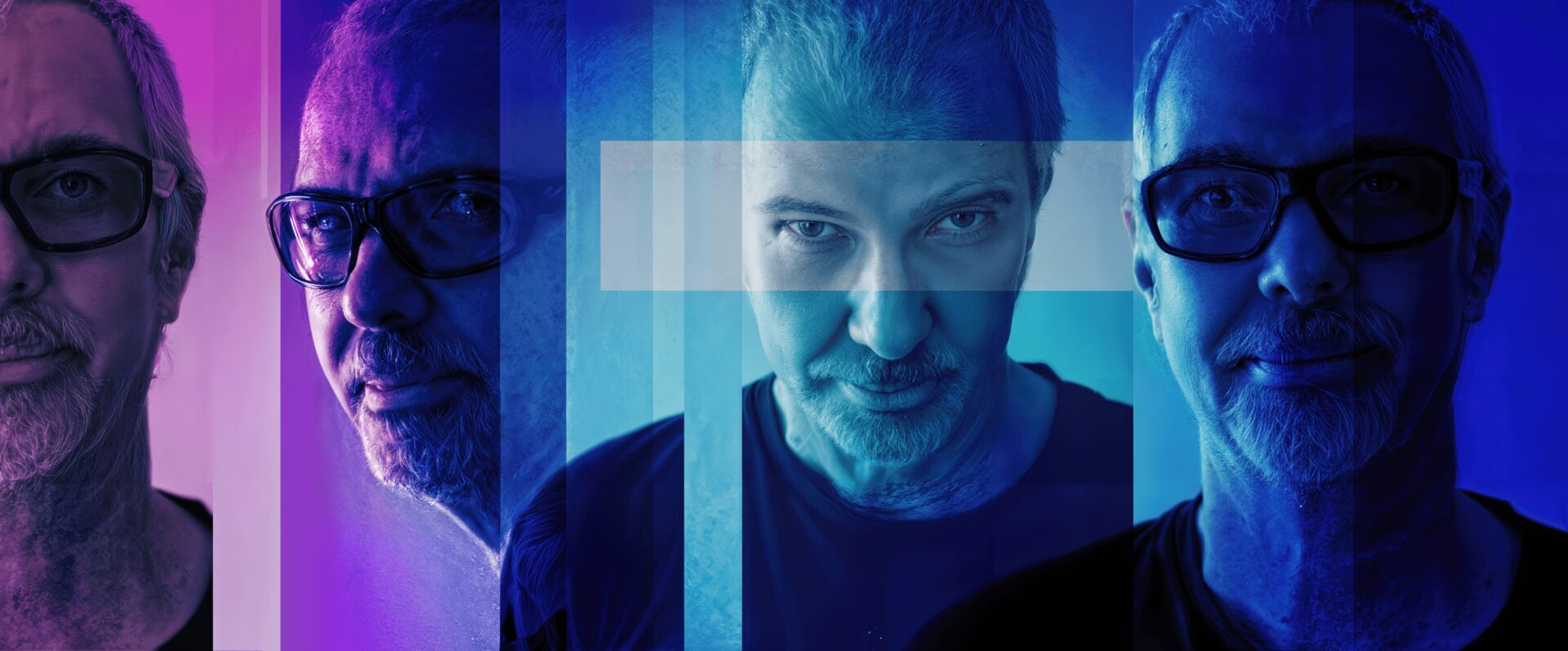We caught up with the brilliant and insightful Yue Wu a few weeks ago and have shared our conversation below.
Hi Yue, thank you so much for opening up with us about some important, but sometimes personal topics. One that really matters to us is overcoming Imposter Syndrome because we’ve seen how so many people are held back in life because of this and so we’d really appreciate hearing about how you overcame Imposter Syndrome.
In the world of enterprise UX, I often questioned whether I could truly call myself an expert. My teammates were seasoned professionals—fluent in technical jargon, confident in stakeholder meetings, and quick with decisions. Meanwhile, I found myself second-guessing my designs and wondering if I was just “faking it” well enough to stay afloat—even though I had already led and shipped several successful projects.
The turning point came during a project where I was designing a quoting experience in a highly complex enterprise domain. Quoting data storage was slow, manual, and opaque. Customers lacked confidence that quotes reflected their real needs, due to limited visibility and technical complexity. Sellers relied on a time-consuming, error-prone process. The problems were layered, the system intricate, and the business logic felt like a foreign language. I assumed everyone else understood it better than I did.
Instead of letting that fear paralyze me, I leaned into curiosity. I reminded myself that the value of a product designer is not only domain expertise, but also the ability to bring clarity through systematic thinking and design methodology. I began with deep research, asking questions—often the ones no one else thought to ask. I spent extra time mapping out how the product actually worked, not just to design for it, but to understand it.
Slowly, those “dumb” questions led to insights that brought the team together. As a prototyping expert, I used interactive prototypes to make abstract ideas tangible and give teams a shared language for discussion. My designer’s lens helped shape strategic conversations, align cross-functional stakeholders, and build excitement around a shared vision. This work became a cornerstone of the digital transformation—shifting the quoting experience from slow, manual, and opaque to fast, automated, and accessible. The project was recognized by the UX Design Awards, earned patents, and drew interest from other major enterprises in the industry.
One mentor told me, “Imposter syndrome is just the gap between your standards and your current stage. You care—that’s not a flaw.”
That reframed everything. I stopped seeing self-doubt as a weakness and started seeing it as a sign I was growing. I built confidence not by pretending to know everything, but by being honest about what I didn’t know—and showing I was willing to figure it out.
Now, when that little voice of doubt creeps in, I don’t try to silence it. I listen—but I don’t let it steer. Because real expertise often starts with thoughtful questions, not perfect answers.
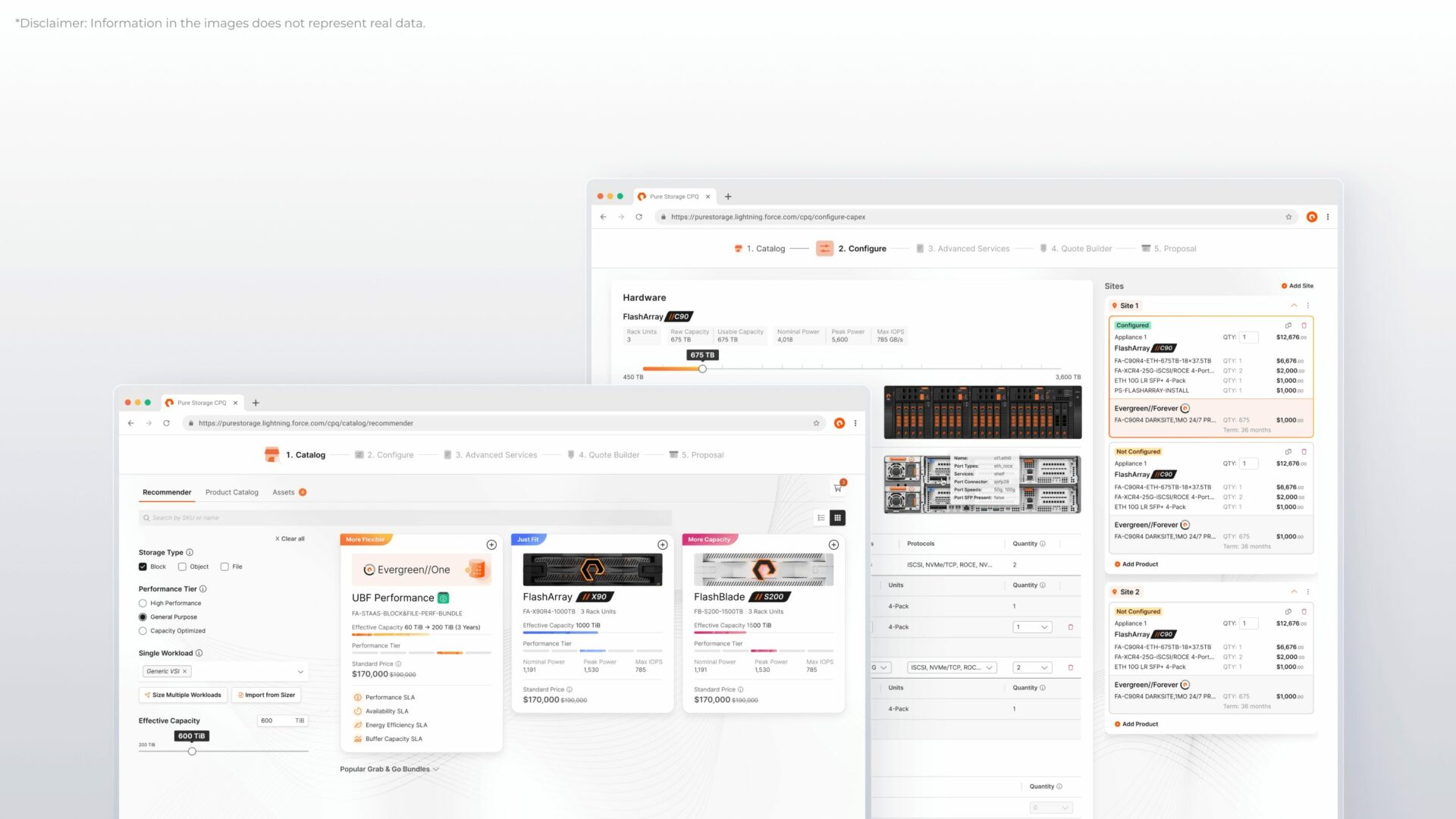
Appreciate the insights and wisdom. Before we dig deeper and ask you about the skills that matter and more, maybe you can tell our readers about yourself?
I’m a product designer solving complex problems, fueled by a passion for emerging technologies. I design clarity into today’s enterprise tools and explore ideas that shape what’s next.
My work focuses on making advanced technologies more approachable—especially for users with diverse technical backgrounds. I’ve designed solutions for data tracking and data storage, bridging information gaps and transforming intimidating workflows into intuitive experiences. While I primarily design for web and mobile platforms, I believe strong design principles remain essential as we move toward emerging platforms like AI-driven tools.
What sets my approach apart is my ability to distill intricate systems into clear, actionable designs—balancing user needs with business strategy. I collaborate closely across functions and use storytelling, prototyping, and rapid iteration to build alignment and momentum. I often describe my design process as experimenting with “recipes”—trying different combinations of ideas to find what feels both usable and delightful.
Ultimately, I’m driven by impact. Whether it’s simplifying enterprise quoting or exploring what’s possible with new technologies, I design to empower people—helping them navigate complexity with more confidence and ease.
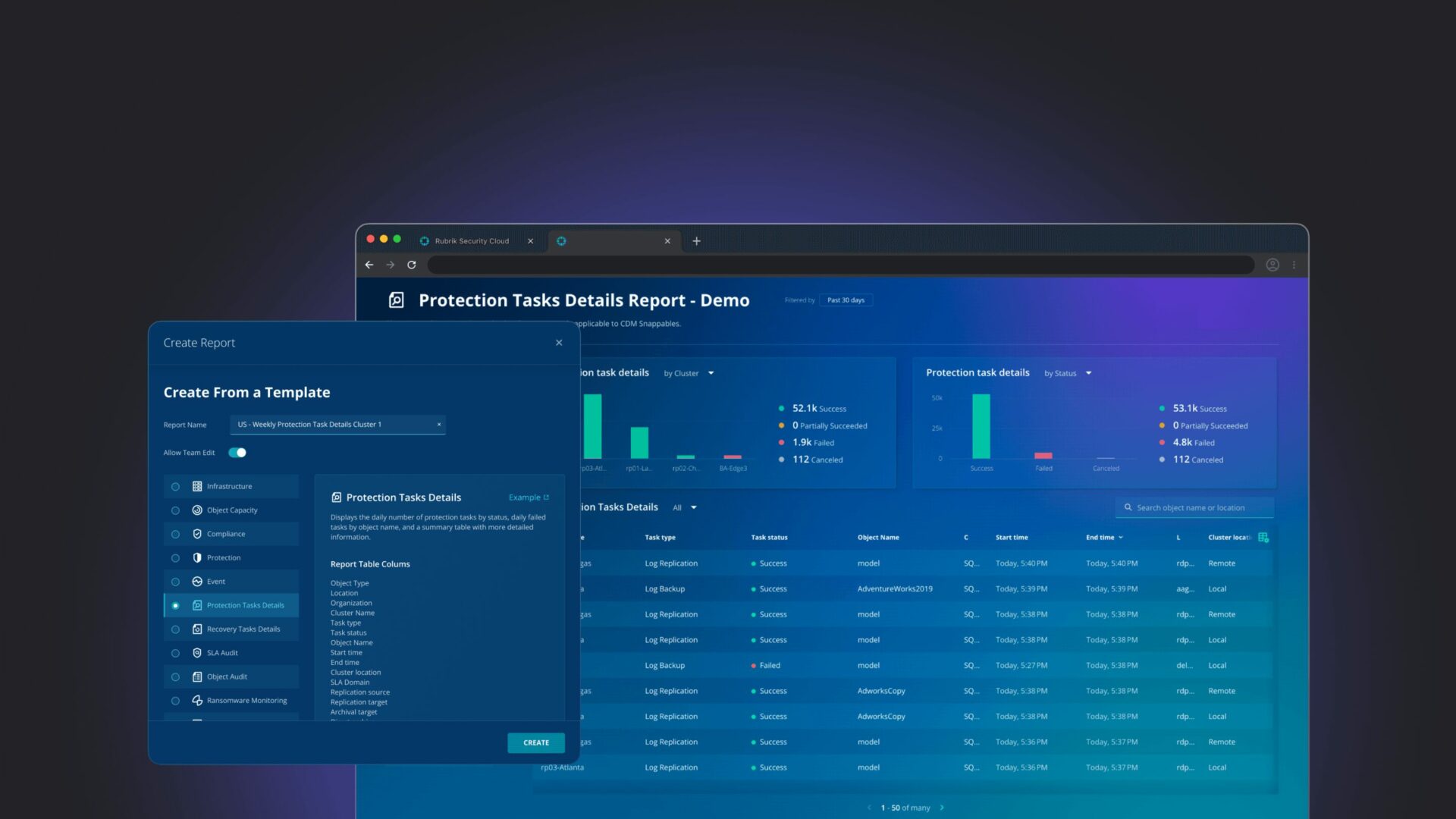
There is so much advice out there about all the different skills and qualities folks need to develop in order to succeed in today’s highly competitive environment and often it can feel overwhelming. So, if we had to break it down to just the three that matter most, which three skills or qualities would you focus on?
One of the most impactful skills in my journey has been systems thinking. Early on, I realized that good design isn’t just about crafting—it’s about understanding how things connect. Systems thinking helped me map out complex workflows, identify root problems, and design solutions that scale. To develop this skill, I recommend practicing visual mapping: draw out how a product works, where users struggle, and how information flows. It builds clarity and uncovers design opportunities that aren’t always obvious.
Another key skill has been cross-functional collaboration. As a designer, you don’t work in a bubble. Some of my most successful projects came from co-creating with PMs, engineers, sales, marketing, and legal teams. Learning how to speak each team’s language and find shared goals made a huge difference. My advice: treat every cross-functional conversation as a chance to learn. Ask questions, be curious, and remember that good design is a team sport.
Finally, I’ve learned to embrace ambiguity. Not every project comes with a polished brief—and that’s okay. Some of my best work started with a vague problem or open-ended challenge. What helped me was shifting from “I need more direction” to “Let me define the problem.” For anyone early in their journey: get comfortable exploring without having all the answers. Start with user needs, sketch early ideas, and let research shape the path forward.
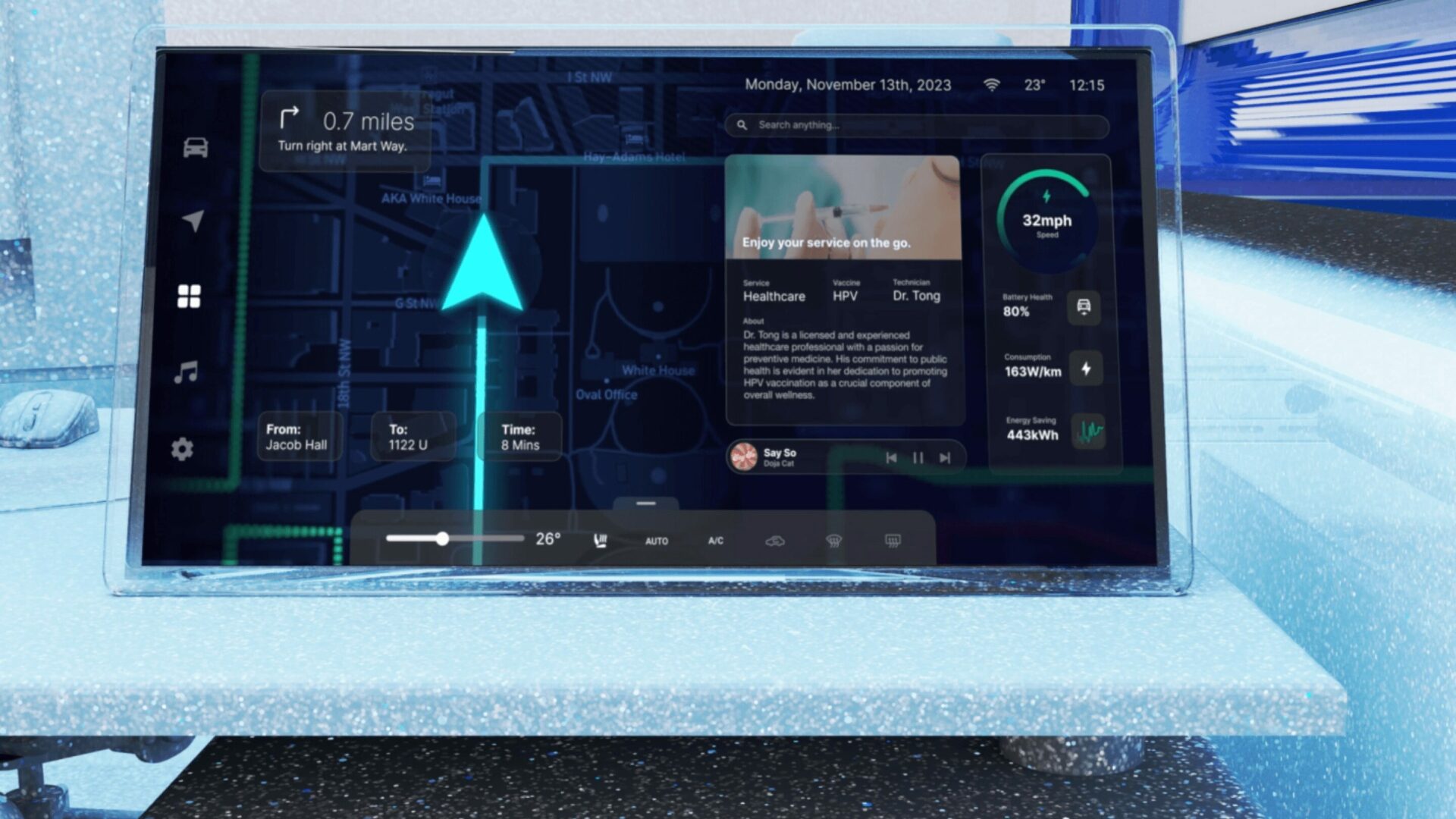
What would you advise – going all in on your strengths or investing on areas where you aren’t as strong to be more well-rounded?
I used to think I needed to be good at everything to succeed—but over time, I’ve come to believe it’s more powerful to lean into your strengths and go deep. That doesn’t mean ignoring your weaknesses, but I’ve found that investing in what makes you uniquely valuable creates the most impact—not just for yourself, but for your team.
One of my strengths is shaping ideas through fast iteration and design storytelling. Early in my career, I spent a lot of time trying to “catch up” on technical knowledge or industry jargon. But what moved projects forward wasn’t knowing every detail—it was being able to translate those details into something teams could see, discuss, and build upon. I once worked on a project to design Self Service Multi-Factor Authentication for a security cloud product. Instead of trying to become the technical expert, I created a series of prototypes that helped everyone visualize the end-to-end experience. That shifted the conversation from “what’s possible” to “how might we get there?” My strength created clarity, momentum, and ultimately, trust.
That said, I still invest in improving blind spots—but I do it with intention. I’ve learned that surrounding myself with people who complement my skill set is just as important as personal growth. Being self-aware helps me ask for the right kind of support—and give others space to shine in areas where they’re strong. So in short: grow where you’re great, and collaborate where you’re not. That’s how I’ve learned to do my best work.
Contact Info:
- Linkedin: https://www.linkedin.com/in/wooyue/
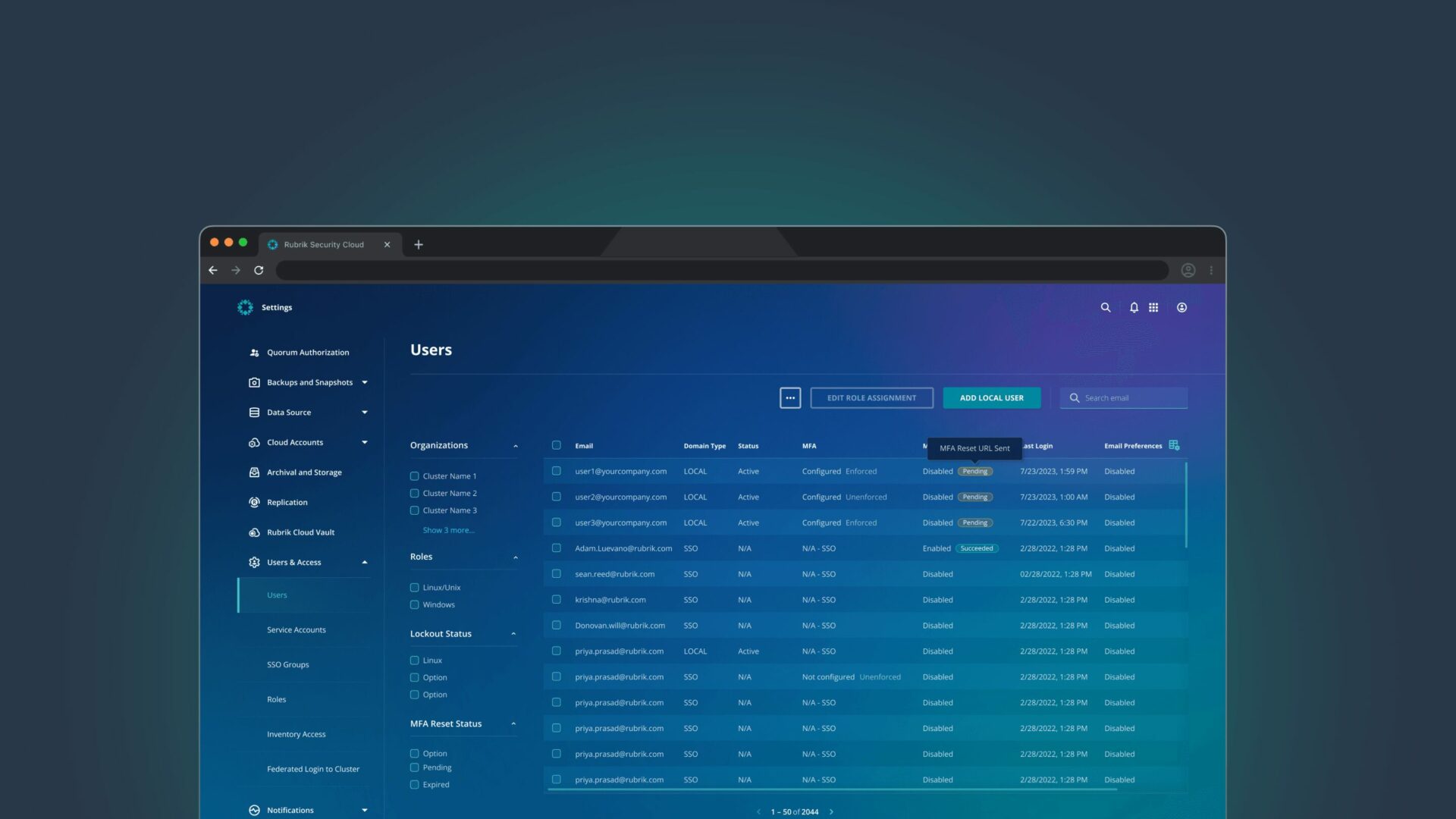
so if you or someone you know deserves recognition please let us know here.



